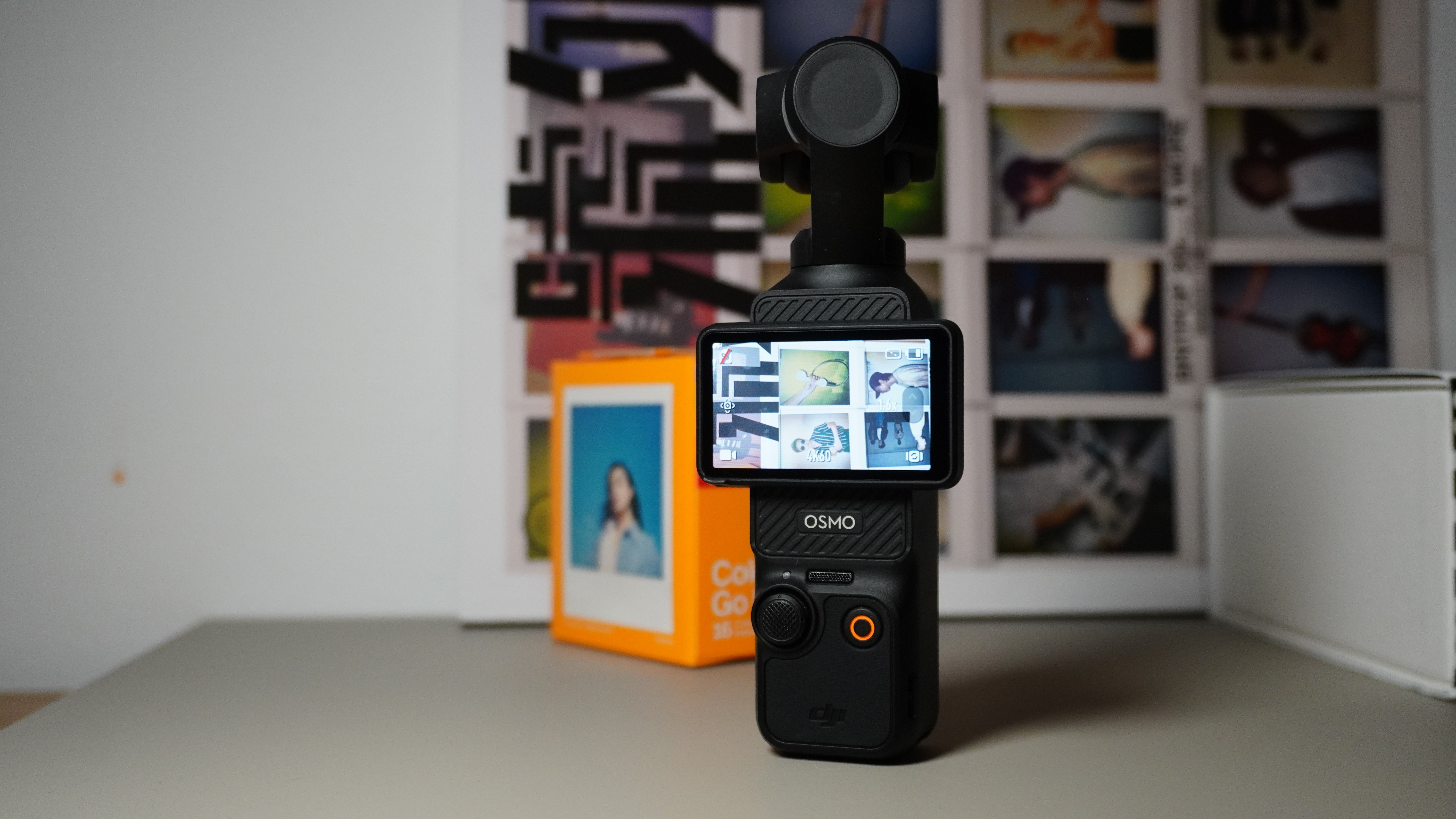
Despite a lot of changes in appearance over the last decade, chances are your vision of the best camera on the market hasn't. I'd wager you still picture a classic DSLR shape – bulky and boxy, with a bag full of lenses to swap in and out as you please.
That doesn't really feel representative anymore, though. The rise of mirrorless cameras means that footprint is much smaller than ever before. And if those represent the past and present, the DJI Osmo Pocket 3 might just be a glimpse into the future.
This little device packs a one-inch sensor and a gimbal into a package with a smaller footprint than your phone. I've been using one for a couple of weeks to get a feel for how it works. Here are three things I like, and two things I don't.
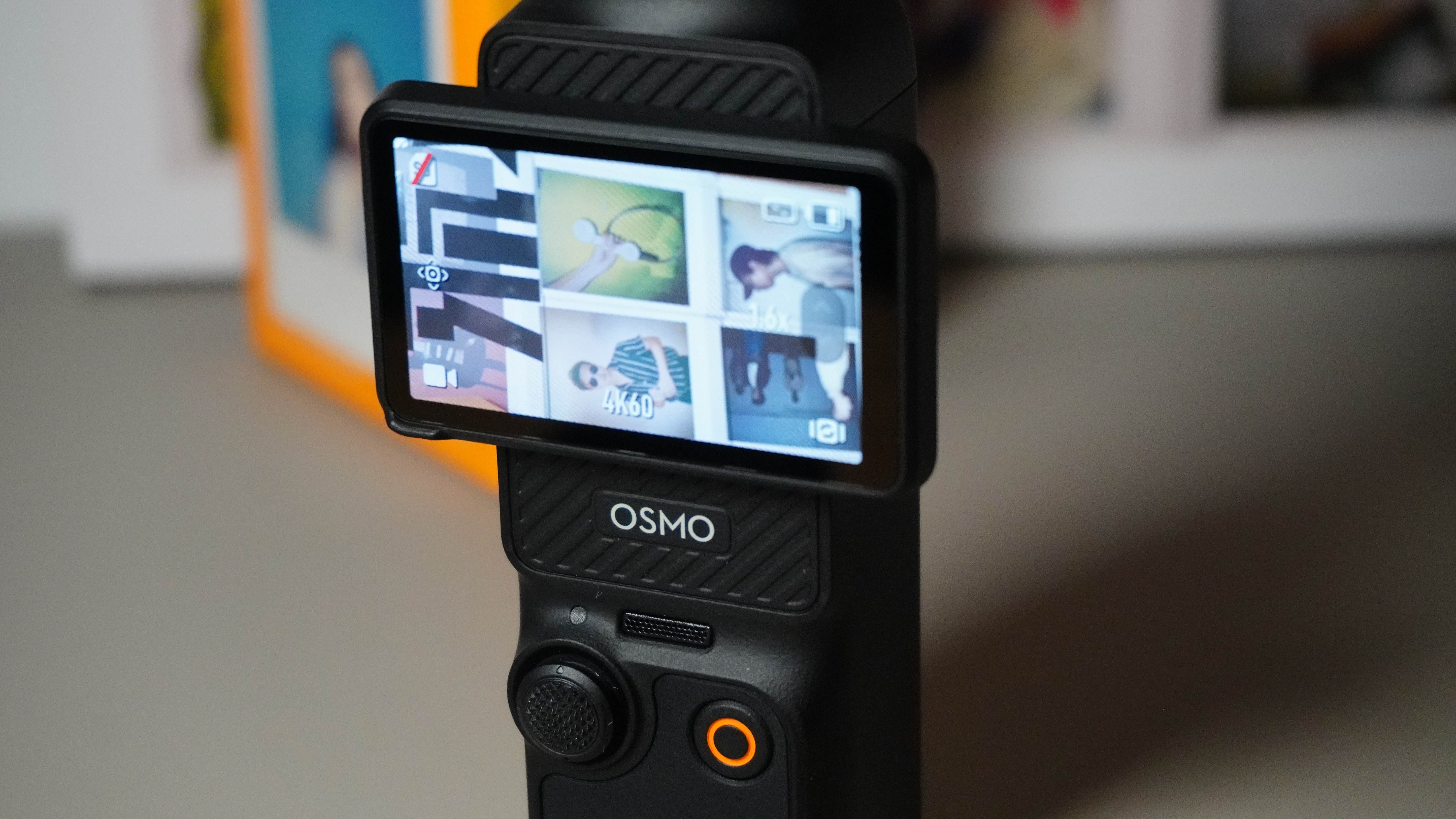
1. Fantastic flick-out screen
One of the most striking visual aspects of the Osmo Pocket 3 is the screen. It's a small touchscreen display, which flicks out to the side to turn the device on.
The 2-inch size is large enough to see the image comfortably, and doesn't get cluttered with information, either. All of the other information and screens can be accessed by swiping from the four edges.
It's an effortlessly simple design, but it's also one which deserves credit. Then, once you're done, simply flick it back to switch off.
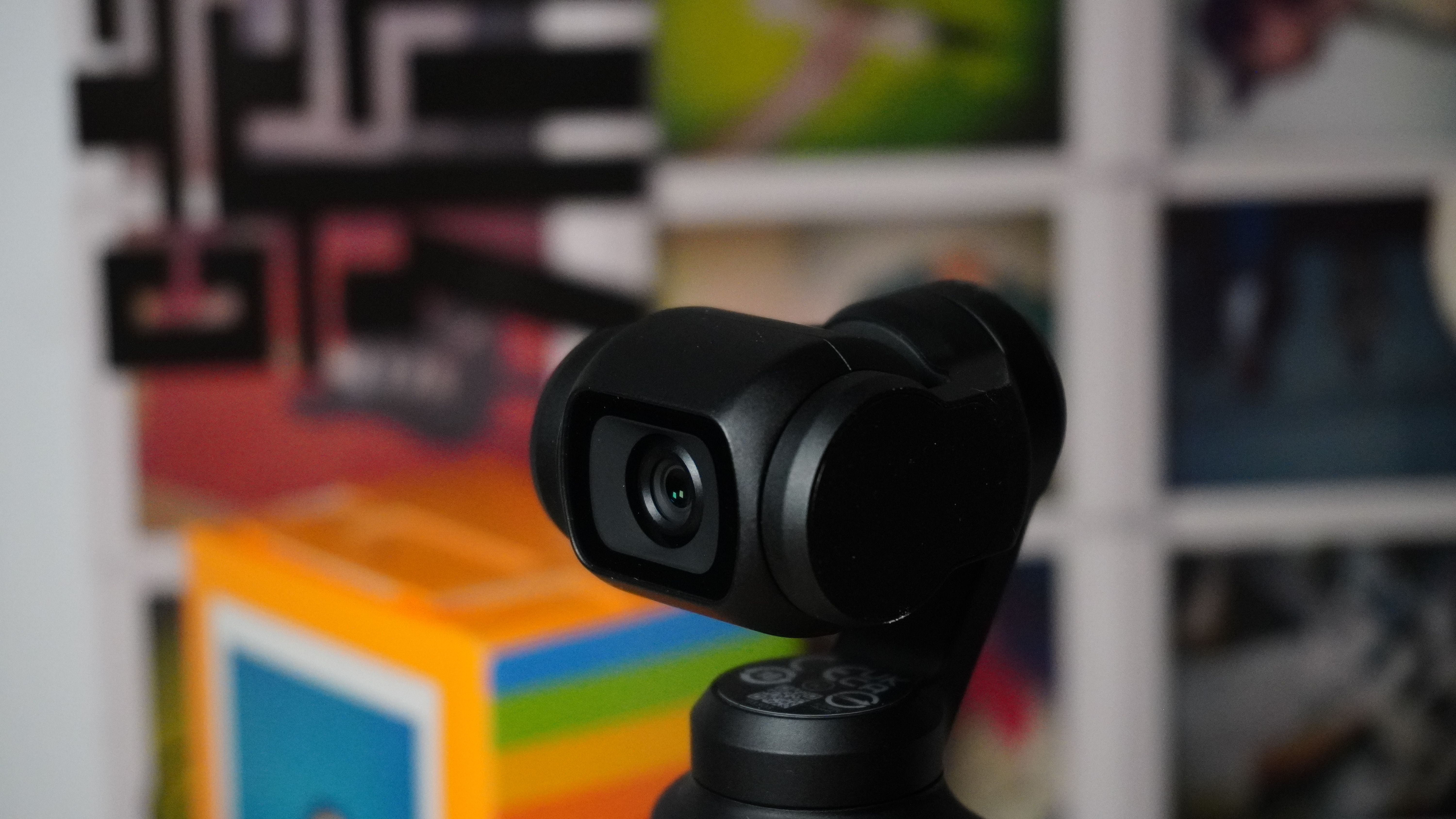
2. Staggering image quality
While the display deserves credit for a lot of reasons, it doesn't really give you a good look at the footage in its native quality. Pull it from the MicroSD card and check it out on a larger monitor, though, and this really is a joy to behold.
The 4K/120fps footage is crisp and clean, with beautifully stable motion thanks to the gimbal. That's not necessarily a surprise in itself, but combined with the overall compact nature of the device, it's an impressive feat.
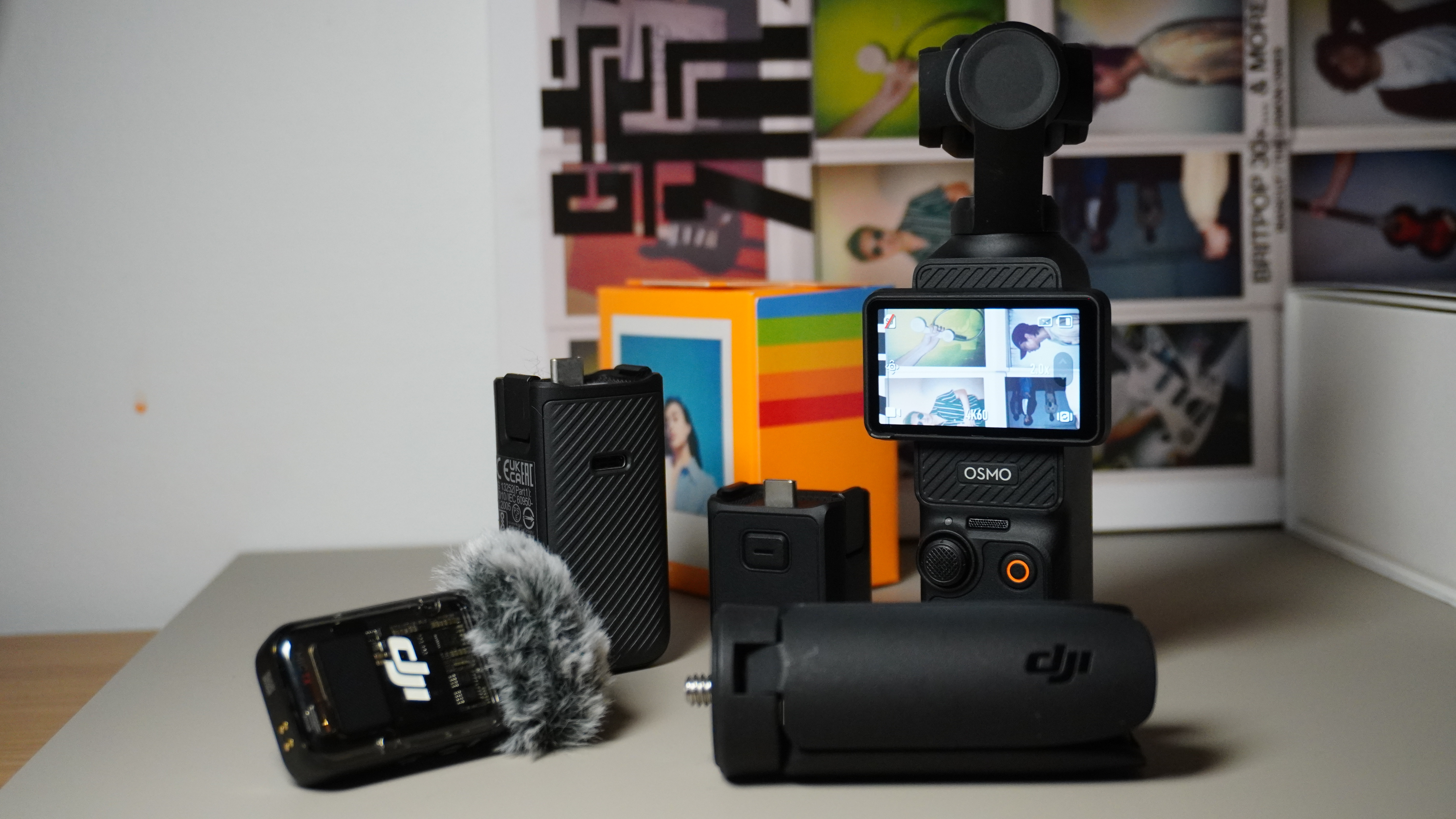
3. Huge range of accessories
You won't be short of accessories to go with the Osmo Pocket 3, either. My review unit came with the full Creator Combo kit, which includes an absolute stack of goodies to go alongside your camera.
You'll find a couple of extra battery handles, a tripod stand, an ultra-wide adapter and even a lapel mic in the package. That mic is a triumph all on its own, actually. It's effortless to connect, and sounds brilliant, with clear indicators to show when the battery is going to die.
Those are three things I really enjoyed about the DJI Osmo Pocket 3. Now, for two things I didn't enjoy quite so much.
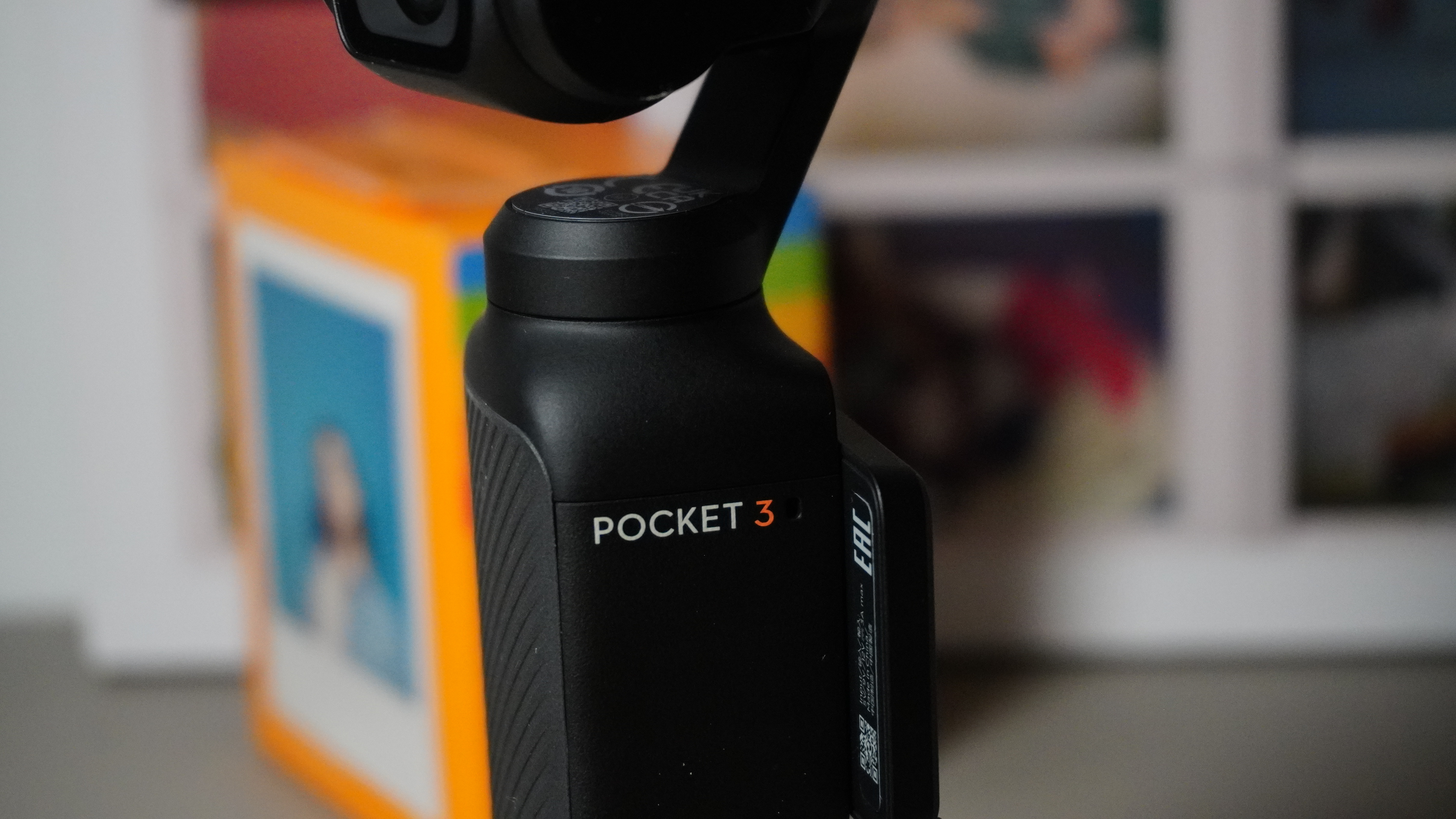
1. No vertical axis movement
One of my biggest gripes with the DJI Osmo Pocket 3 is the lack of movement on the vertical axis. When I initially took on a review unit, my hope was to use it to capture footage of a few trade shows, where products would be displayed on table tops.
Sadly, the Osmo Pocket 3 wasn't particularly useful in this setting, with no real way to get the sensor facing straight down. That's a shame, as it would have made for some great looking content, particularly with the motion stabilisation.
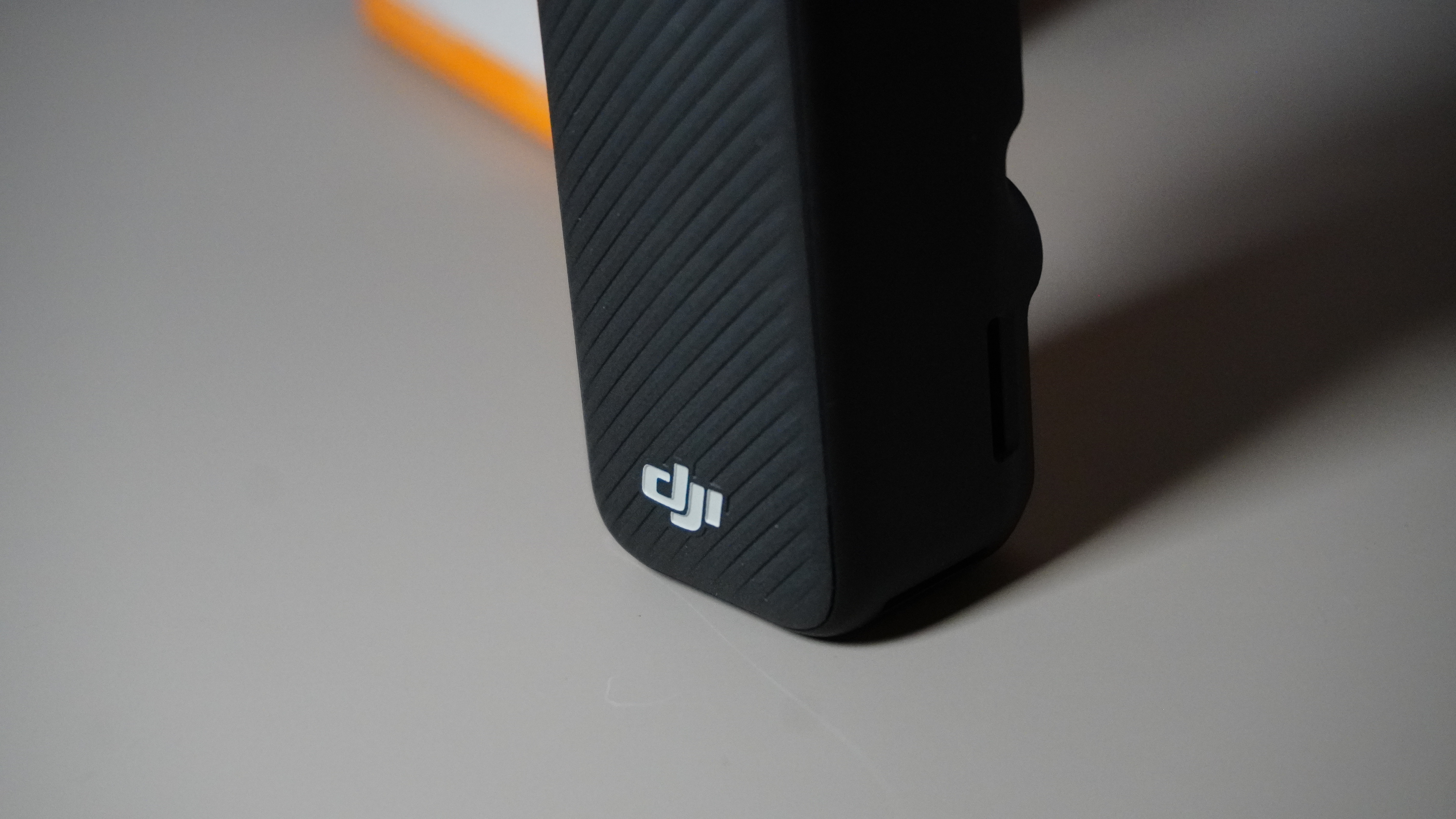
2. Is it really necessary?
The ultimate question here is – does the DJI Osmo Pocket 3 really have a place in the modern market? Almost everyone has a phone in their pocket, with more and more of those having a one-inch sensor.
Sure, the gimbal is pretty useful, and it's certainly a compact unit, but in the end, the benefits feel watered down. Adding a £100 gimbal to your phone would get you almost all of the same benefits and save you a few hundred pounds in the process.
Ultimately, unless you desperately need a pocket-friendly professional solution, that's probably a more palatable option.







